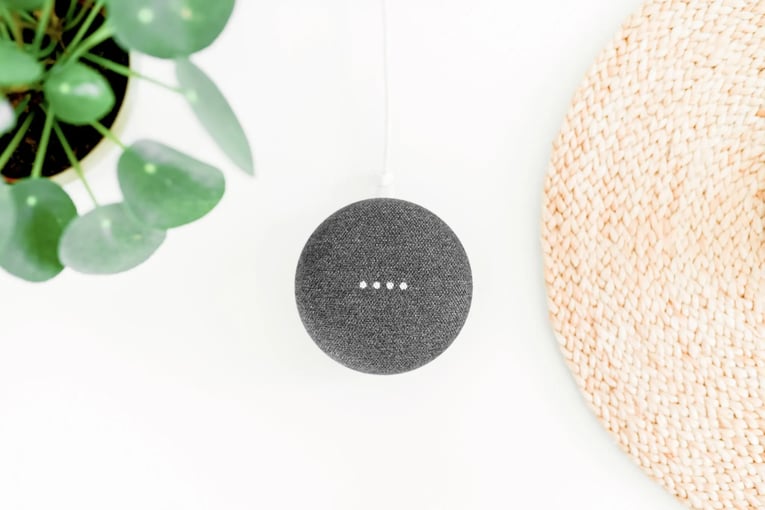Smart home brands: 10 facts to know

The smart home industry has seen a lot of growth since last year. As people continue to spend time at home this year, it’s showing no signs of slowing down.
So today, let’s look at some key facts about the smart home industry—and what smart home brands can expect to see both through 2021 and in the years to follow.
46% of people say convenience is the primary factor in use of smart home devices.
There are all kinds of reasons why people will introduce smart devices to their homes—security, monitoring, utility management. But topping the list for users, based on a recent survey in the U.S., is convenience.
It certainly explains a lot about the most popular types of devices, including smart TVs, smart speakers, and smart thermostats.
69% of households in the U.S. have at least one smart device.
Smart devices are making a major impact around the world. In the U.S., over two-thirds of all households have at least one smart device.
This particular stat covers a broad spectrum of smart devices. It gives a great indication of the importance of devices that help with convenience, security, monitoring, utility management, and more.
12% of those have several smart devices.
To build on our previous point, 12% of the households cited don’t just have one smart device; they have multiple.
Though it’s one of the smallest numbers on this list, it’s actually one of the most important for smart home brands. As this number grows, it represents a big demand for support resources. As homeowners add more and more devices to their networks, it can easily turn into a complex situation!
46% of homeowners want smart devices installed in their current or future homes.
According to this stat from Realtor Magazine, nearly half of homeowners expect to see smart technology in either their current home or their next one.
This, interestingly, could turn into a major selling point for homes as more homeowners install them and then look to sell. In other words, so long stressful kitchen reno—hello, smart thermostat.
86% of millennials would pay more for a home with smart devices installed.
As a generation that grew up with technology, it’s no surprise that millennials in general want to see more of it in their homes. Though it might seem similar to the previous fact, there’s one key difference.
After all, it’s one thing to say you want smart technology in a new home. It’s quite another to say you’d pay more to get it. This says a lot about the upcoming demand, and the potential power of smart devices in the housing market.
The majority of revenue in the global home automation market comes from the U.S.
And this trend is around to stay. According to Statista, by 2023, the U.S. and North America will account for some 40% of consumer spending on smart home devices and systems in the global market. In terms of revenue, Statista projects that this translates to approximately $47.12 billion in the U.S. alone by 2024.
In the U.S. alone, experts predict that household penetration for home automation will reach 40% in 2021 and 57.2% by 2025.
As a niche of the smart home industry at large, home automation is definitely on its way up. Where previous household penetration stats included all possible smart devices, home automation on its own is on the way into 40% of U.S. homes, and will be present in over half of them within the next four years.
Over 50% of customers who try to set up smart devices on their own will run into a problem.
As we’ve established, homeowners want smart devices in their homes—and more often than not, that means they’re setting them up on their own.
According to our own research, over half of them will run into issues somewhere in that process, and will sometimes spend up to 2.5 hours trying to solve those issues. And that translates into a lot of frustration on the part of these customers.
45% of technical problems with smart devices have to do with WiFi connectivity.
When customers try to set up their own smart devices and run into an issue, the issue often isn’t actually the smart device. In fact, our own research has shown that nearly half of the time, the issue is with getting the device connected to the customer’s WiFi network.
Too often, these issues happen because of how the customer’s WiFi network is set up, and can turn into incredibly frustrating support calls for customers and agents alike.
30% of smart devices get returned, even if there’s nothing wrong with them.
It’s true—almost a third of devices get returned to their companies at no fault of their own. When this happens, it’s typically because the customer perceived an issue with it, frequently because the device couldn’t connect to their network.
This often means poor opinions about the smart home brand, and can turn into unhappy reviews, bad word-of-mouth, and loss of return business.
